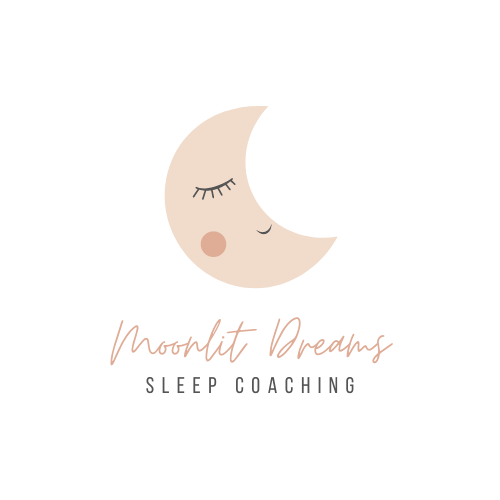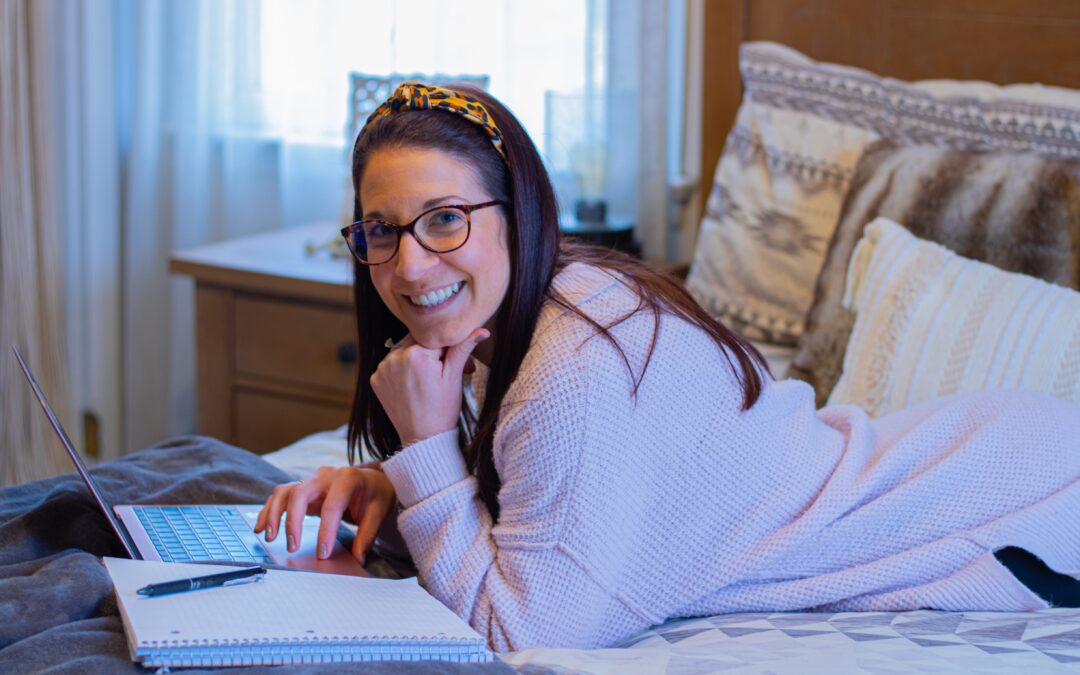“I can’t sleep train, my baby, until 4 months”, “The only way to sleep train is to let my baby cry it out.”, “My only option to get my baby to sleep is to hire a sleep coach for weeks of training and spend thousands of dollars.” Do any of these sound familiar? Well, I am here to tell you that NONE of these are even remotely true!
There are a lot of assumptions that tend to be made about sleep coaching and training, and most of them tend to scare parents away from even considering them as options. This usually results in parents doing what they can to survive and using whatever props or crutches like rocking, bouncing, or feeding, that currently get their children to sleep for even a few hours. Some of these crutches or desperate attempts to get children to sleep can result in unsafe sleeping practices like bed-sharing or using products like Dock-A-Tots or baby swings. Trust me when I tell you, I have been there, and while it might work in the moment, it’s not a long-term solution, and will only cause more issues down the road.
I’ve heard a lot of parents say, “I can’t sleep train, my baby, until they’re 4 months, so I’m just going to do whatever I can to get them to sleep until then.” I thought this too! I was always told that my baby wouldn’t sleep well or through the night until she hit 4 months, or until she hit 12 pounds, or whatever other “old wive’s tales” everyone would tell me. So I just went on believing that we just needed to be in survival mode until she hit 4 months. While it’s true that you can’t sleep train a baby until they hit 12 weeks since that is when their sleep changes from stages to cycles, you can start teaching them good sleep habits from day one. A lot of parents who start implementing good sleep habits early on have their babies sleeping through the night at 2 months! (With occasional night feedings of course). Avoiding props such as rocking, bouncing, and feeding to sleep as well as following the proper awake windows and daytime sleep needs by age, is going to help set your baby up for sleep success. For more info on newborn sleep check out my Newborn Survival Guide Ebook, and my Total Sleep Needs by Age chart!
“The only way to sleep train my baby is to let them cry it out.”
Now, this is a common assumption that I myself thought to be true! When in reality, there are multiple ways to sleep train babies and toddlers. The cry-it-out method is one I rarely use unless a parent is 100% open to it or even requests it as part of their custom sleep plan. Whenever I start working with a client, one of the first things I ask them is their parenting style and how much crying they are comfortable with. Because some parents are comfortable with a little crying here and there, and some parents want zero tears. Most of the methods I use achieve the goal of sleep with minimal tears, but I always ensure that whichever method I implement into a custom sleep plan is one that the family is most comfortable with. I also make sure that I explain what the crying might look and sound like during this transition so that they go into it prepared and ready to tackle their sleep challenges. For parents who prefer no tears, I typically will have them be in their child’s room for most of the transition, which is not only helpful for the child but for the parents as well! While the path to sleep looks different for each family, the ultimate goal is always going to be getting back to sleep and back on track.
“If I sleep train, my baby won’t be able to sleep anywhere by their own crib. I’ll never be able to leave my house!”
This is another assumption I hear from a lot of parents, but as long as your baby is on a decent schedule, and you have a safe space for your baby to sleep in on the go, then you’re set! Let’s say you’re going to a party at a friend or family member’s house, ask if there is a spare room or space where you could set up a pack n play. Some of my favorite travel sleep essentials include a pack-n-play cover like a Slumberpod or my personal favorite mesh pack-n-play cover especially since not all rentals or places you stay will have black-out curtains as you do in your own home. A travel sound machine is also a perfect item to help set up the perfect on-the-go sleep sanctuary. One of my favorites is the Hushh Sound Machine from YogaSleep because it’s compact, has multiple sounds, and get’s pretty loud! If there isn’t an option to put your baby down somewhere, try leaving early so they can get at least a 30-minute power nap on the way there, and 30 minutes on the way home so they get at least some restorative sleep before and after the event. Car naps or a stroller nap in the park are totally fine, as long as there is balance! Maybe your little one typically takes a morning nap in the car while you’re dropping your toddler off at daycare, great! That’s nap #1. Now their second nap can be in their crib, and maybe even their 3rd or 4th as well depending on how many naps your little one is currently taking. Avoiding an overtired baby or toddler is always going to be the goal, so if you’re traveling or have to be out and about, do your best to achieve those hours of sleep. (For more tips on naps, check out my Naps Master Class or Short Naps Blog)! If you have one or two off days, it’s not going to detail everything! Just be ready to push the reset button on day 3, and you’ll do just fine. If you’re planning to travel with your little one and need some more guidance on what to pack or how to keep on schedule, check out my Top Tips on Traveling with Babies and Toddlers Blog.
Looking for Additional Support?
Book a free Discovery Call today where we can connect and discuss your child’s sleep struggles, and see how I might be able to help.

